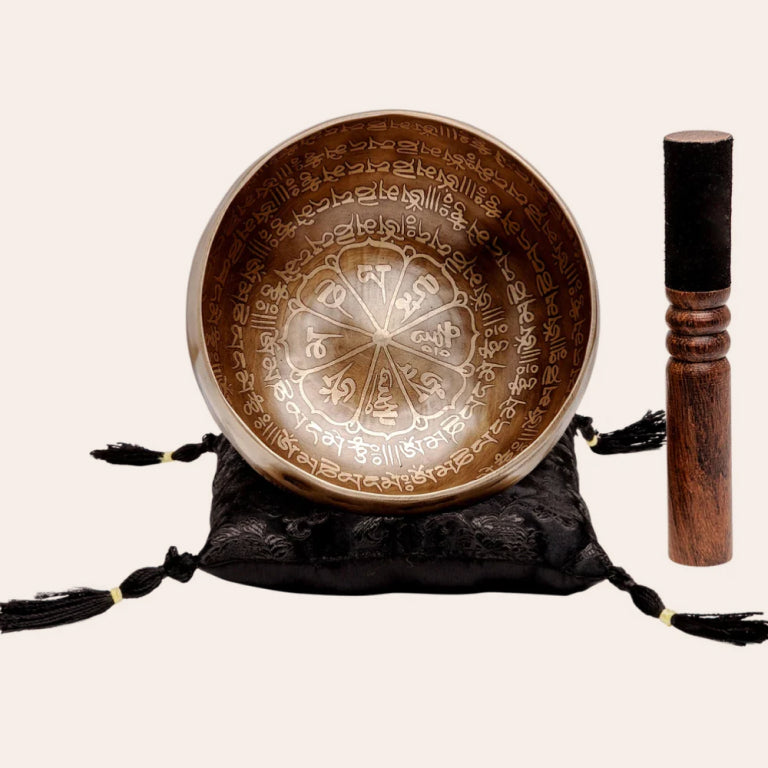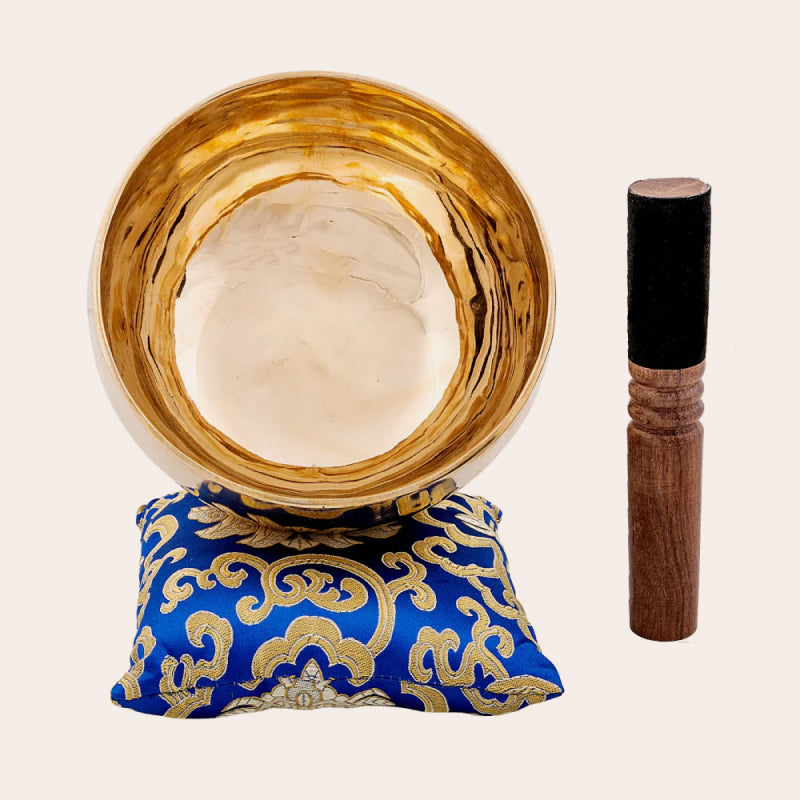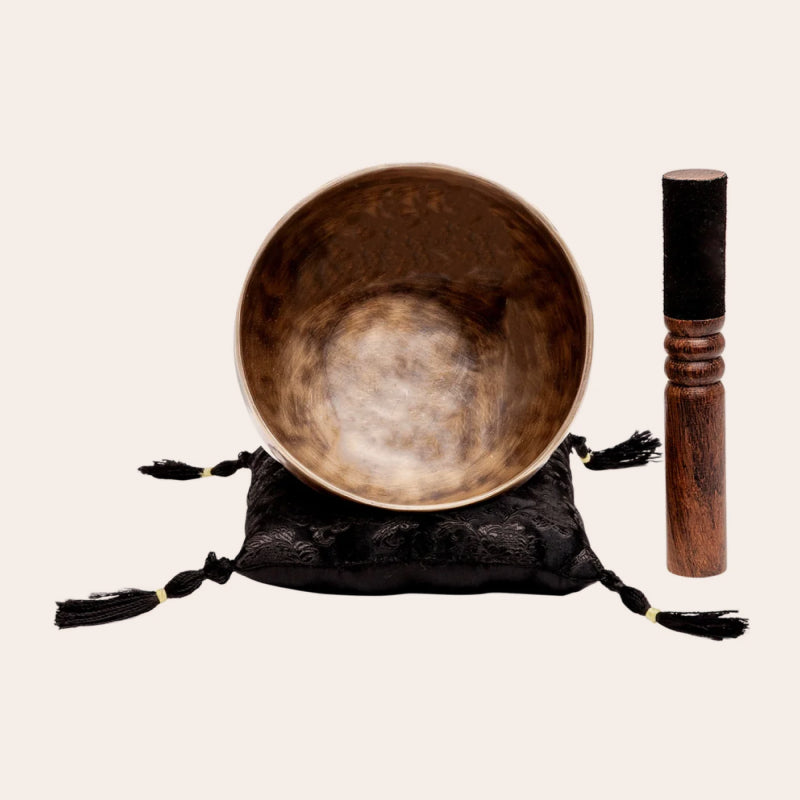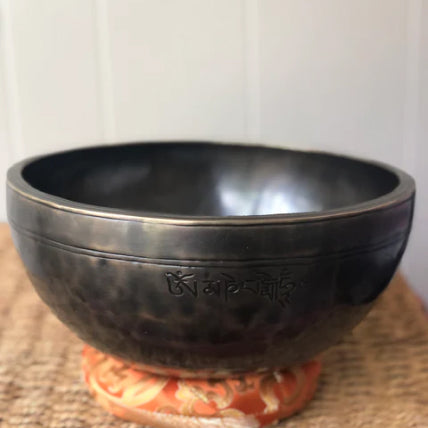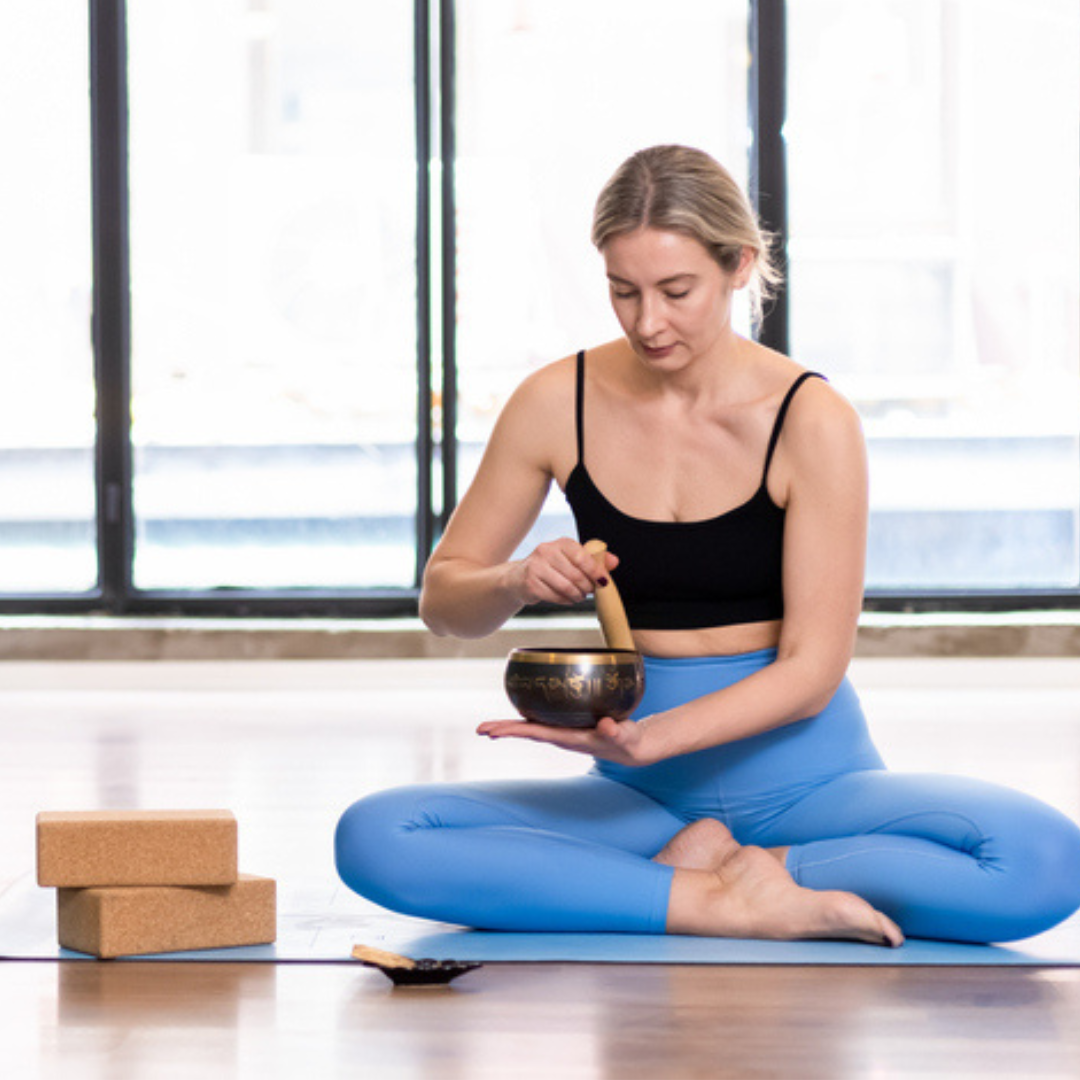Singing bowls are precious acoustic instruments that emit healing sounds and vibrations. Whether you have a crystal singing bowl or a metal singing bowl, it’s important to maintain it properly. How do you clean a singing bowl? What’s the right way to store a singing bowl?
You can clean singing bowls with a soft microfiber cloth once per week. But it’s better to set aside a few dusters so you can wipe down the bowl after touching it. Doing this prevents dust, grime, and dirt from damaging the bowl. Also, never use steel scrubbers and abrasive liquids to clean it.
I’ll tell you the right way to maintain your singing bowls to last a lifetime and more with simple habits and practices.
Ready? Let’s dive in!
Overview: Cleaning Metal Singing Bowls
Dust is bad for humans, pets, and singing bowls too.
So, checking up on your bowl every now and then for dust, grime, and moisture is crucial. Because if the bowl becomes damp, dusty, or rusty, the resonance may get permanently altered.
When I say dust, I mean everything in the air, from pollution to dirt, grime, dead skin, and natural oils on the skin. Most of us damage our bowls unknowingly by forgetting to wipe down the bowl after touching it.
Whether you have antique or handmade metal singing bowls, regular cleaning and maintenance are crucial for preserving their quality and sound.
Things like patina sound cool with jewelry but adversely affects singing bowls.
How To Clean your Singing Bowl? 6 Things To Keep In Mind...
Whether you’re new to singing bowls or a pro, it’s good to know a few basic ways to clean it. Doing so will remove dirt and natural wear and tear.
Dust Before and After Use With A Soft Cloth
Cleaning singing bowls regularly is critical for keeping them in the best shape. So, keep a dedicated microfiber cloth or soft-bristle duster for cleaning your singing bowls.
Avoid cleaning anything else with it because specks of metal or dust can scratch against bowls. Finally, repeat the process every week.
Also, look for soft and gentle fabric that doesn’t scratch against the bowl. After cleaning the bowl, you can also wrap it in the same cloth for storage.
Deep Clean Using Warm Water
If your bowl has stubborn stains or marks, it’s good to get some warm water and scrub it with a soft cloth. Warm water will easily remove oils, grease, grime, and dirt. However, don’t forget to pat dry the singing bowls after using water.
Dry The Bowl After Water Charging
I’ll repeat this just for safety’s sake- When you use water with your singing bowl, dry it.
Metal bowls must be dried no matter what because even a drop can rust and damage the bowl. I like drying tissues and terry towels for cleaning singing bowls after water charging them.
Don’t Keep It Under Direct Sunlight
It’s better to hand-dry your singing bowl with a soft cloth than to leave them out in the sun. That’s because prolonged exposure to sunlight may crack or damage singing bowls permanently.
If you want to dry or charge the bowl with solar energy, I suggest keeping it on the windowsill or in the shade.
Avoid Strong Chemicals
Chemical liquid cleaners and spray are great for quick cleaning but may not be good for metal singing bowls. Instead, you should use warm water and organic cleaning liquids to wipe Tibetan bowls quickly. I even avoid lemon juice because its acid can damage bronze and copper.
Don’t Scrub With Sharp Objects
Metal singing bowls may look tougher than the crystal variety, but their resonance and sound tear apart when scoured with sharp scrubbers. Always avoid scrubbing the bowl with steel and husk scrubbers too.
You won’t need to brighten or polish the bowl if it’s dusted or cleaned with warm water regularly.
Where To Keep Your Singing Bowl? Tibetan Bowl Storage Tips...
Singing bowls look good on hanging shelves, desks, and even nightstands, but those aren’t the best places for storing them.
I love placing them based on feng shui, safety, accessibility, and good vibes that I’ll describe below.
First, you should always keep your singing bowl on a flat surface with a cushion or a padded cloth. This will prevent its underside from getting scratched.
Firstly, you should never keep singing bowls bare on wood, glass, steel, or any other metal surface. Always keep it above the cushion or a cotton cloth. This way, you’ll prevent the singing bowl from contacting the base of the surface.
To avoid the bowl from toppling over, it’s good to keep them on flat surfaces like cabinet tops, tables, or nightstands.
Finally, you must keep the bowl away from direct sunlight and in a place without humidity. But if you live in a humid region, it’s good to wipe it down with a cotton cloth once a day.
All that said, my favorite place to keep singing bowls at home is feng shui. You can learn more about feng shui based placements for singing bowls in this article.
How To Pack Singing Bowls For Travel?
If you want to take your singing bowls somewhere with you, it’s important to pack them well. Otherwise, they can clash against each other or on hard surfaces and end up with hairline fractures. I’ll tell you a few ways to pack singing bowls for travel below.
First off, bubble wrap and duct tape are mandatory. You can wrap the singing bowl in either or both, so they don’t bump into one another in the luggage case.
If you don’t have bubble wrap, get wads of cloth and wrap your bowl tightly to protect them.
But for those who want to leave no stone unturned, there’s a more elaborate to pack Tibetan bowls safely.
Set A Routine For Cleaning Your Singing Bowls Regularly!
Do you know singing bowls can cleanse and clear energies? They’re also excellent for lowering your heart rate, winding down after a long day, calming the mind chatter, and good sleep.
While most people use singing bowls for meditation, yoga, or Reiki, a clean singing bowl is great for feng shui, harmony, health, and more. But you can only use singing bowls to their full potential when they’re in top shape.
So, start a habit of cleaning your singing bowl with warm water at least once a week. You can also get extra clothes to wipe down your singing bowl after touching it.
If you practice another way of cleaning singing bowls, please share it with our community.

